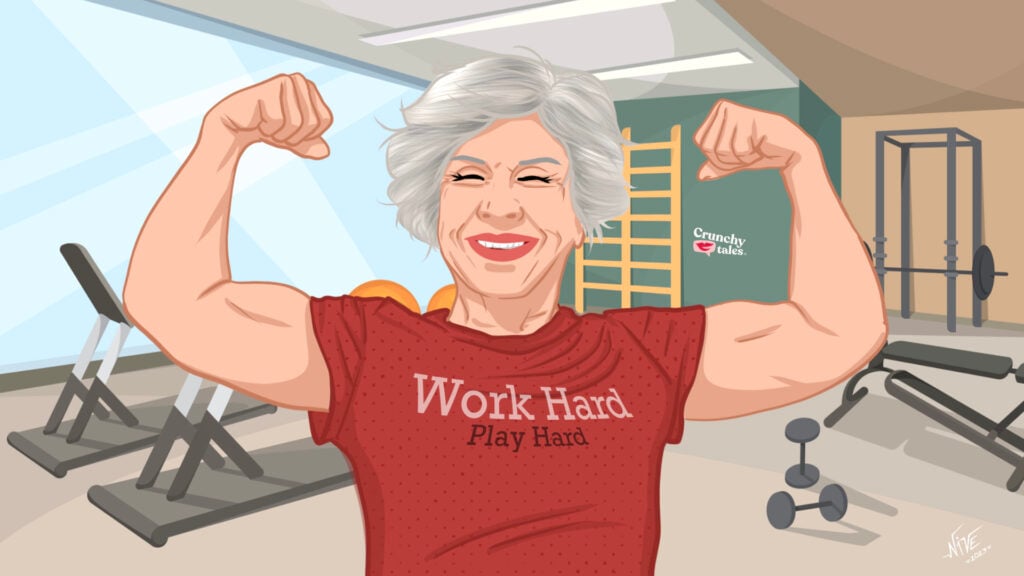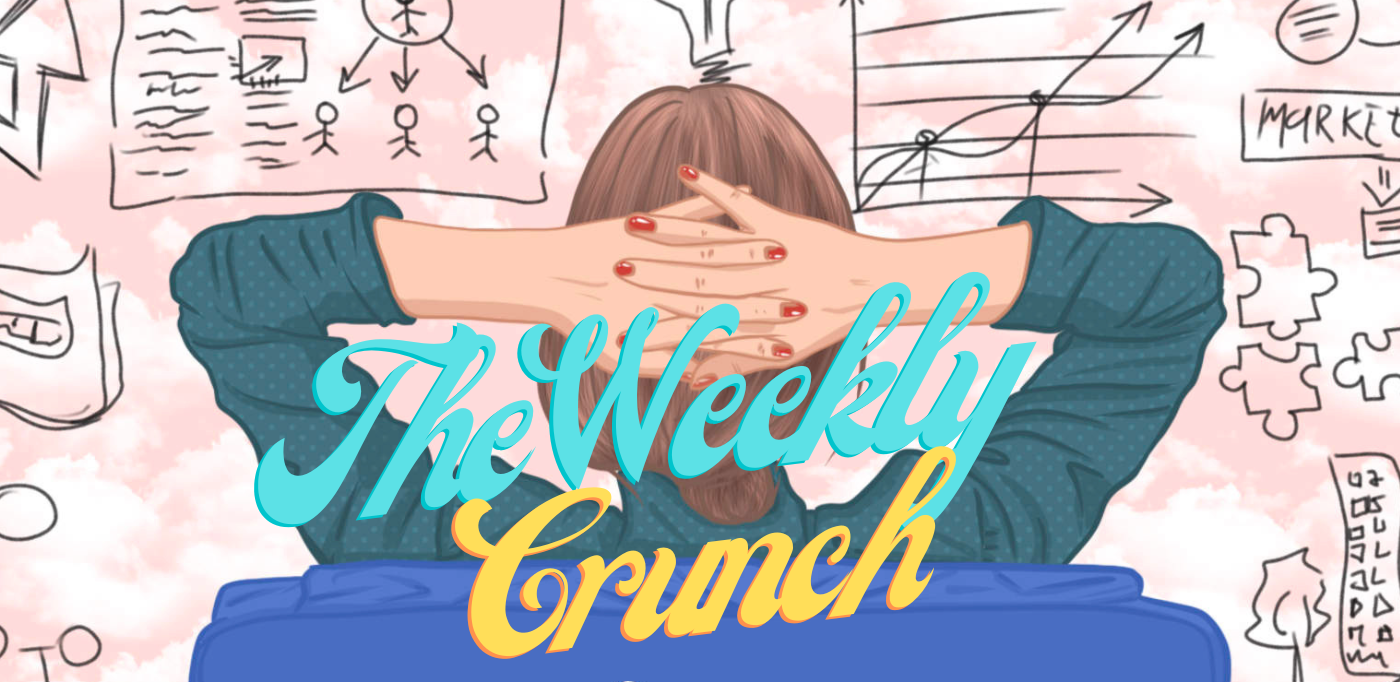Are Women Really Wearing Weighted Vests Now?
As the chief editor of a magazine dedicated to women 50+, I’ve seen my fair share of wellness trends. Some stick—like strength training, intermittent fasting, and mindfulness. Others fade as quickly as they arrive (remember vibrating weight-loss belts?). But this latest one caught my attention: weighted vests for menopause.
The idea is simple—wearing a weighted vest while doing everyday activities could help maintain muscle mass, improve posture, and even combat bone loss caused by estrogen decline. It sounds intriguing, and sure, we all know that strength training is one of the best things we can do for our bodies as we age. But here’s my question: are women actually wearing these things in real life?

Dr. Mary Claire Haver, a well-known OB-GYN and advocate for women’s health during menopause, has highlighted the potential benefits of wearing a weighted vest as part of a fitness routine. She recommends starting with a vest that weighs around 10% of your ideal body weight and incorporating it into daily activities like walking or light exercises.
I can understand wearing a weighted vest while doing a structured workout – athletes and fitness buffs have been using them for years to increase resistance during exercise. But walking around the house in one? Doing errands? Cooking dinner? This is where I start to have doubts.

Are Weighted Vests Practical—or Just Another Wellness Gimmick?
Let’s be real—many of us are already dealing with aching knees, tight shoulders, and the occasional back twinge. How does adding extra weight help? I’d love to see more research on whether this is truly beneficial or just another way to sell us something new.
An article published on ‘Allure’ highlights potential benefits, but it doesn’t go deep into the risks—what happens if someone already has joint issues or osteoporosis? Could this do more harm than good?
Then there’s the emotional side of this. As midlife women, we’re constantly bombarded with messages about “fighting aging.” We should lift weights, take supplements, eat protein, do Pilates, track our steps, meditate, journal, get hormone therapy… and now, apparently, we should also strap on a weighted vest while walking the dog?
At what point does wellness cross the line into burden?
Don’t get me wrong—if a weighted vest makes you feel stronger and more empowered, go for it. But I’d love to hear from real women: is this actually something you’d do? Does it feel like a game-changer, or just another thing weighing us down—literally and figuratively?
Like this post? Support Us or Sign up to our newsletter to get more articles like this delivered straight to your inbox!




USA based designer of weighted vests since 2011 here. Started as a seller of the top sports performance vests that are thin and have adjustable weights. We soon noticed a trend of many women buying for osteopenia and osteoporosis and introduced a women’s version that actually looks like a vest, is thin, and zips in front. Sales of the Hyper Vest Fit grew nearly 200 percent last year.
We have seen several years of steady growth. The burst of interest was due to increased awareness of the benefits to longevity of strength training to fight sarcopenia and maintaining bone health. Rucking, wearing a weighted vest or backpack while walking is also a growing way to get more from your walks like upping your heart rate to zone 2 for heart health and to burn more calories.
So not a gimmick – weight vests are not going to go the way of the “thigh master” because there are real health benefits.
Thanks for sharing your experience! It’s interesting to see how the market for weighted vests has evolved, especially with more people focusing on bone health and strength training. The key, as always, is making sure any fitness tool is backed by solid research and used appropriately for individual needs.